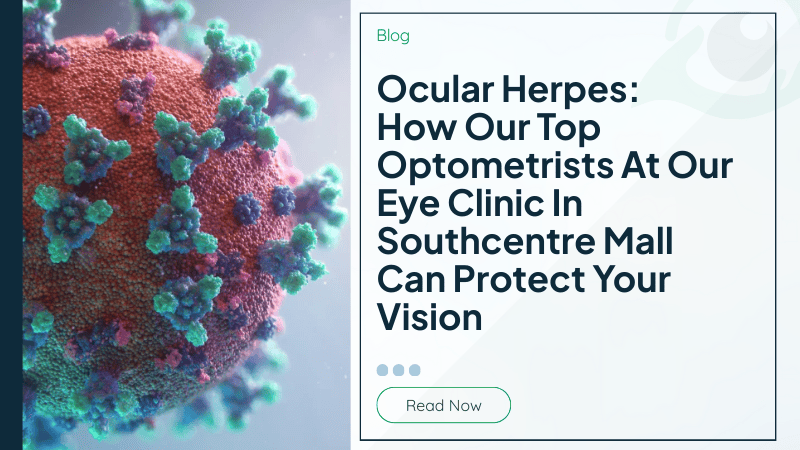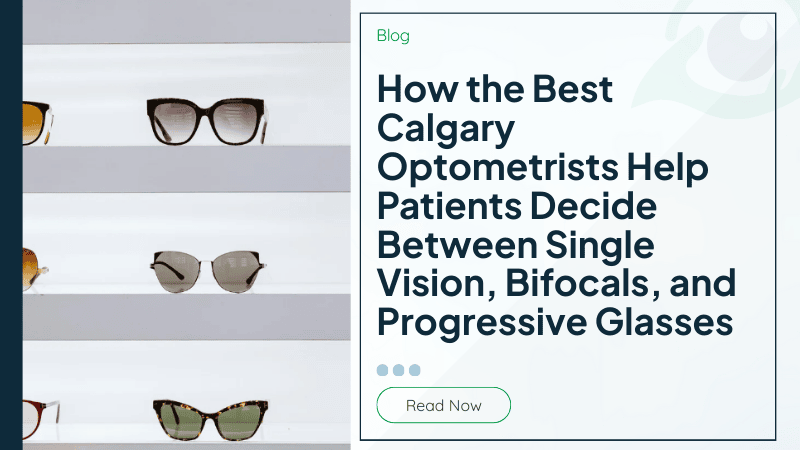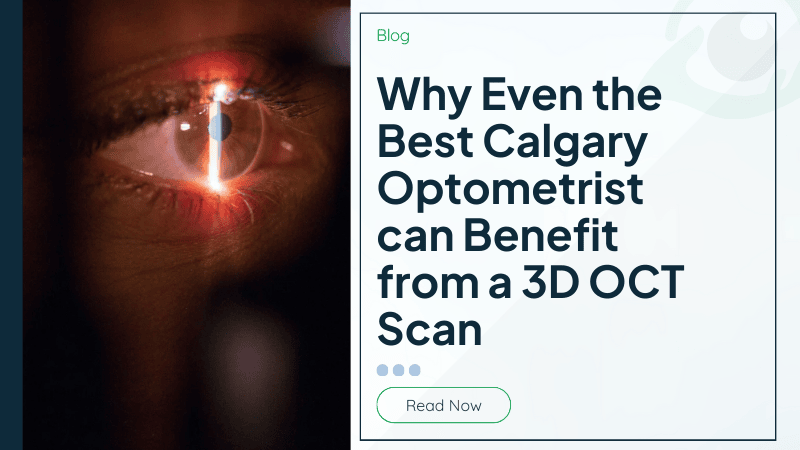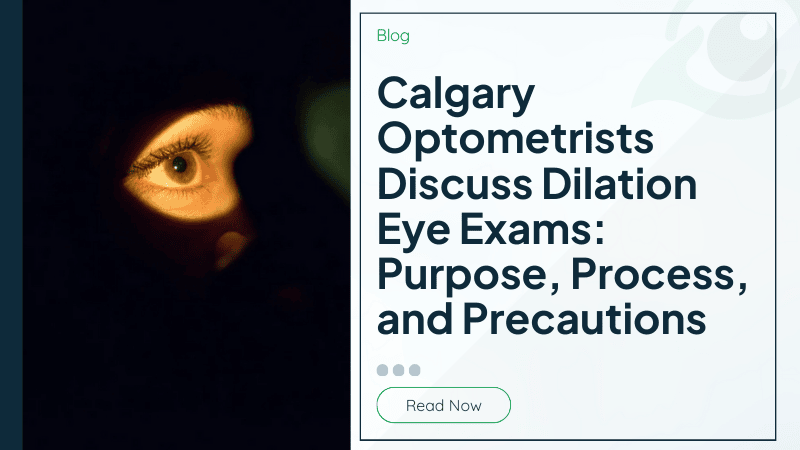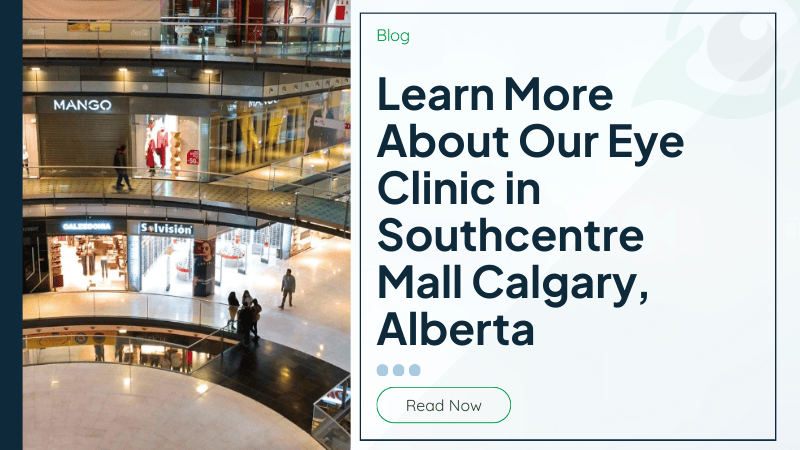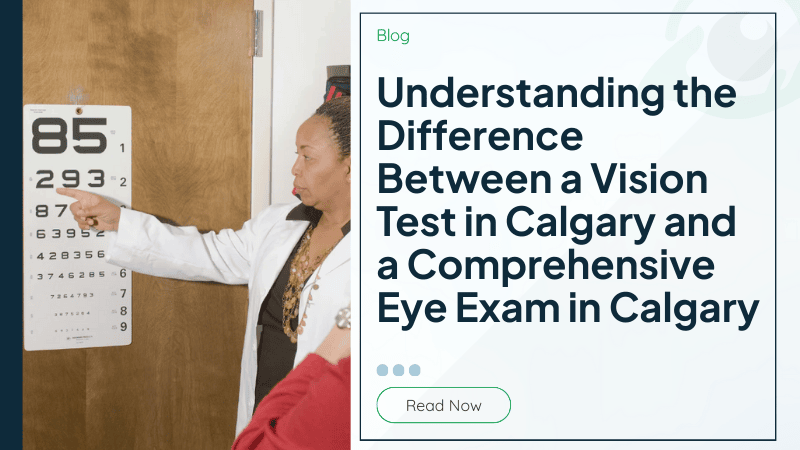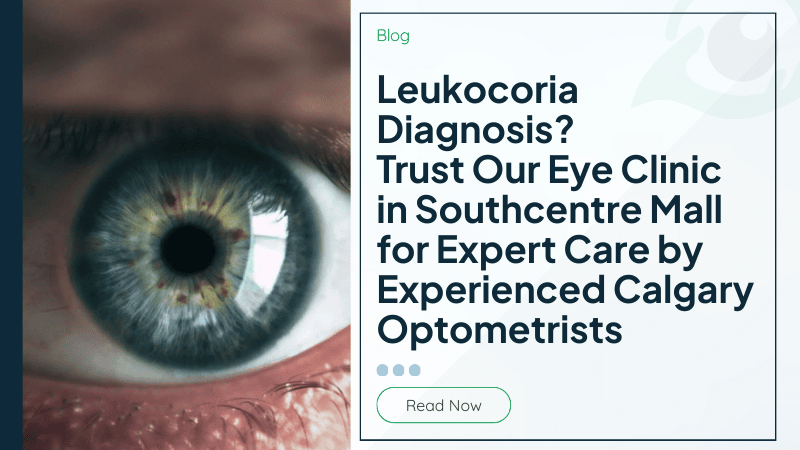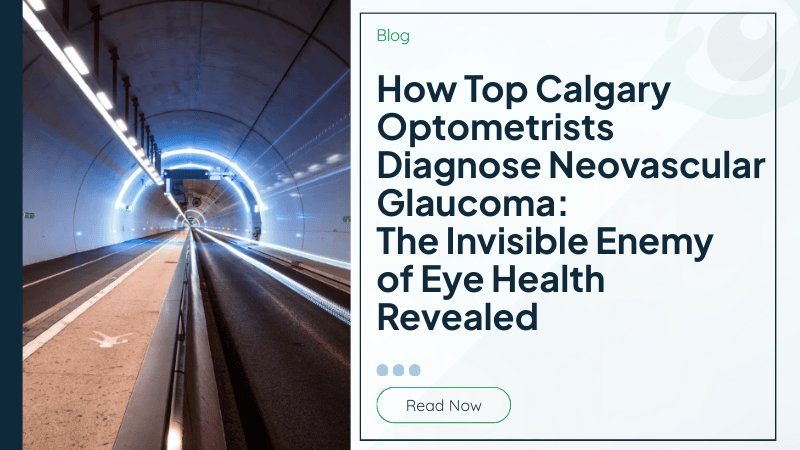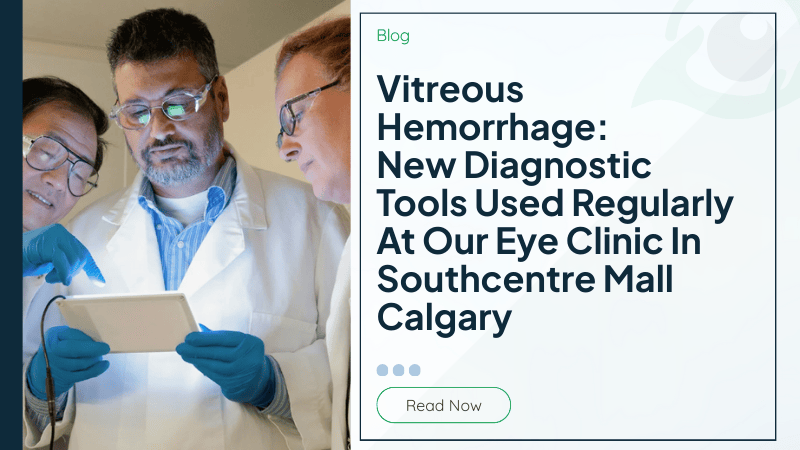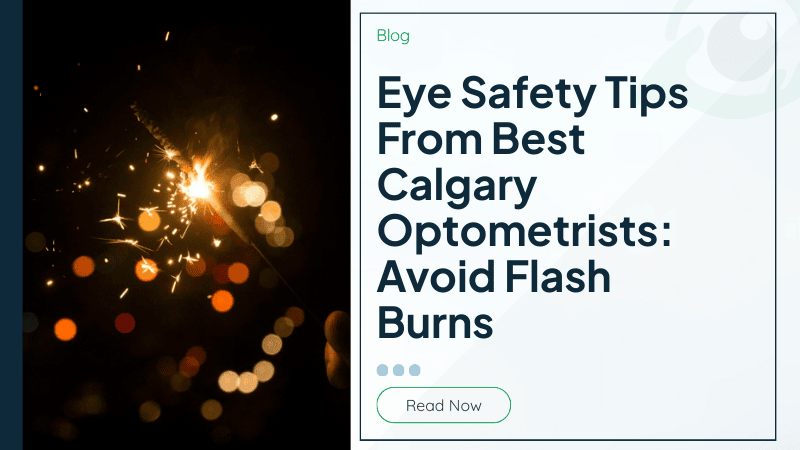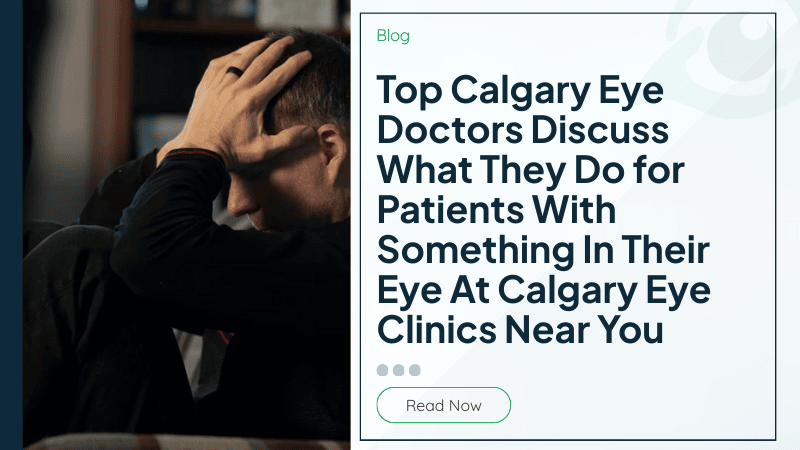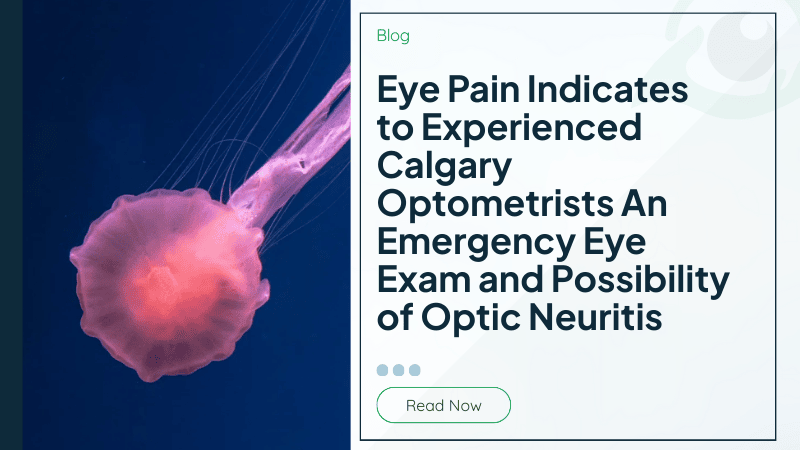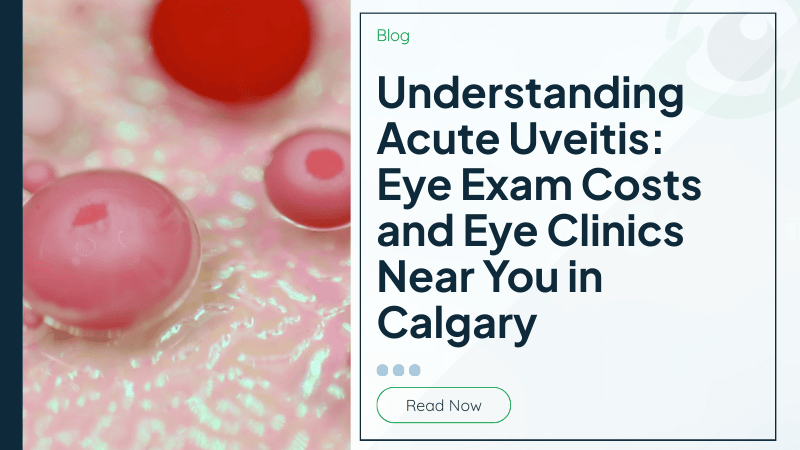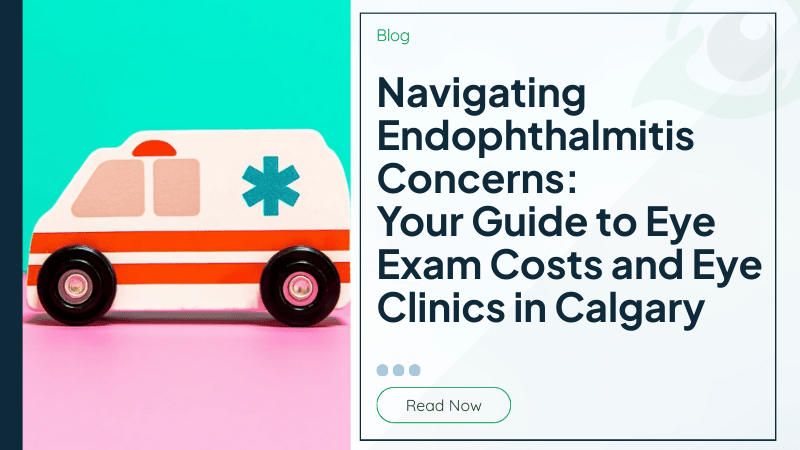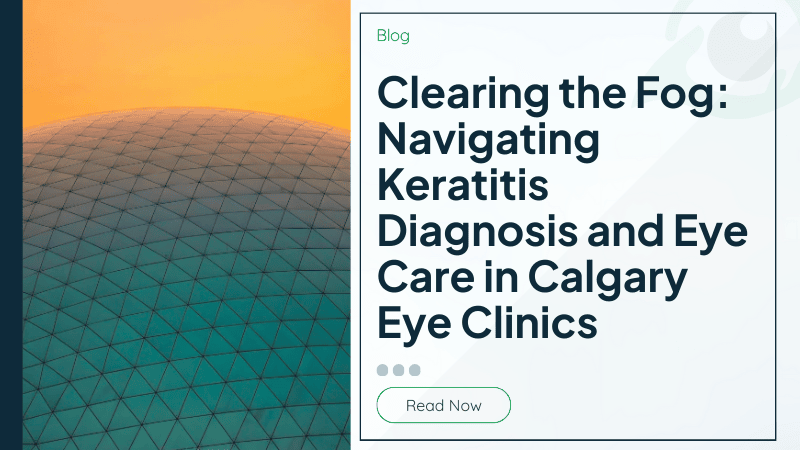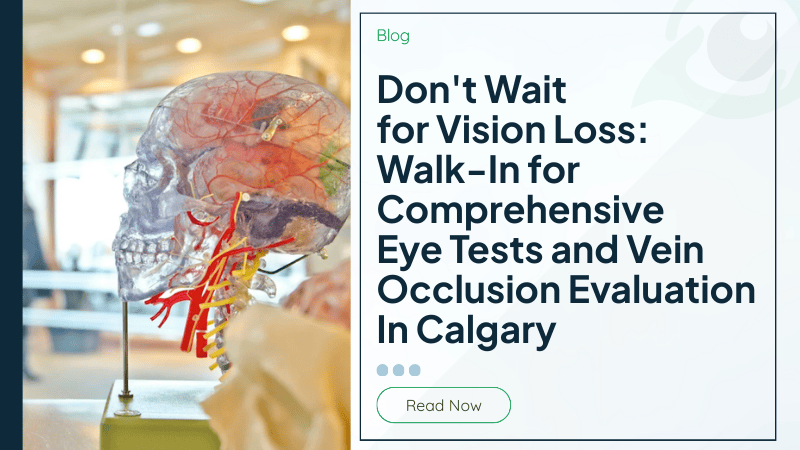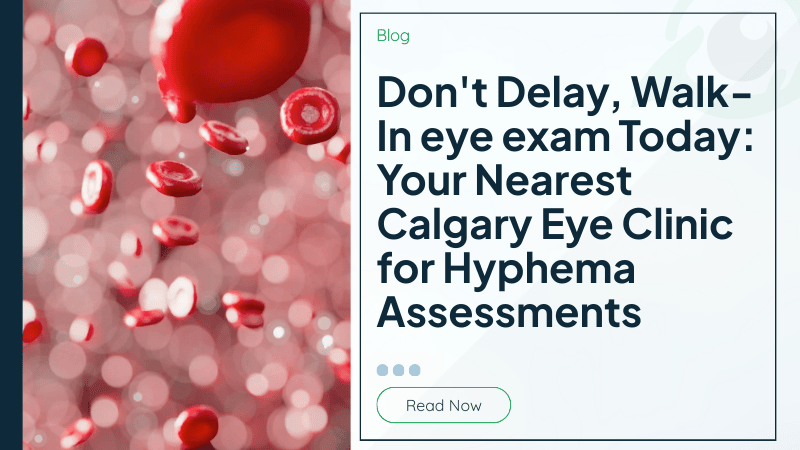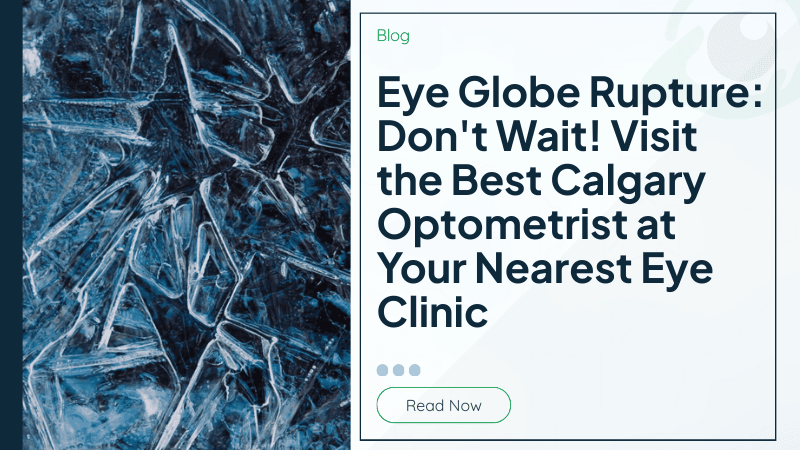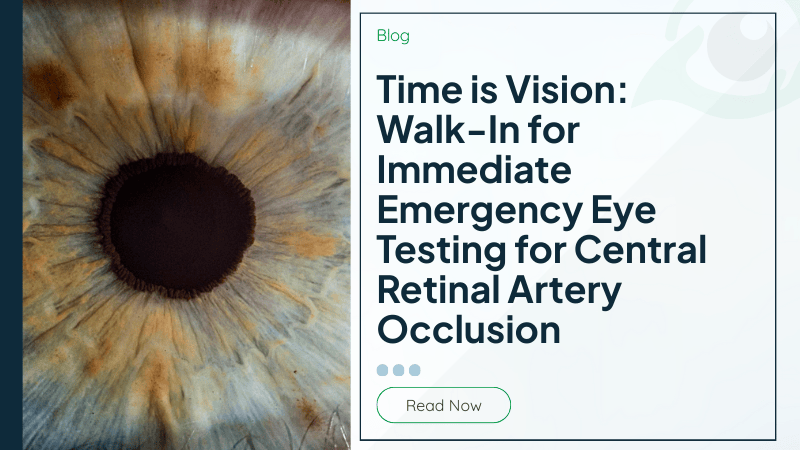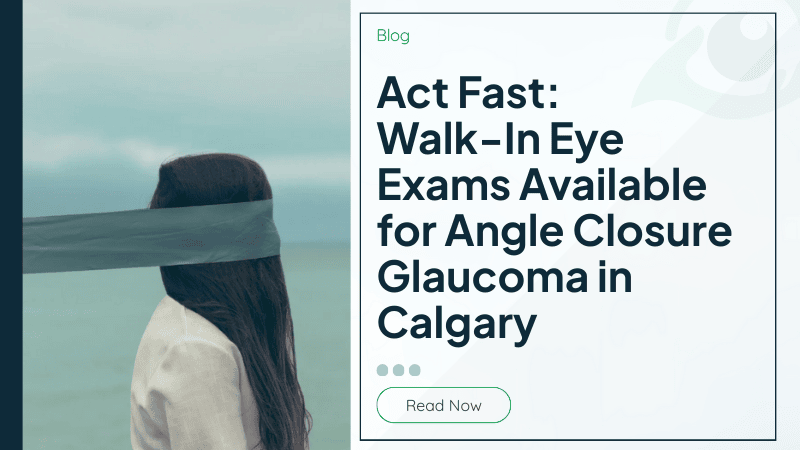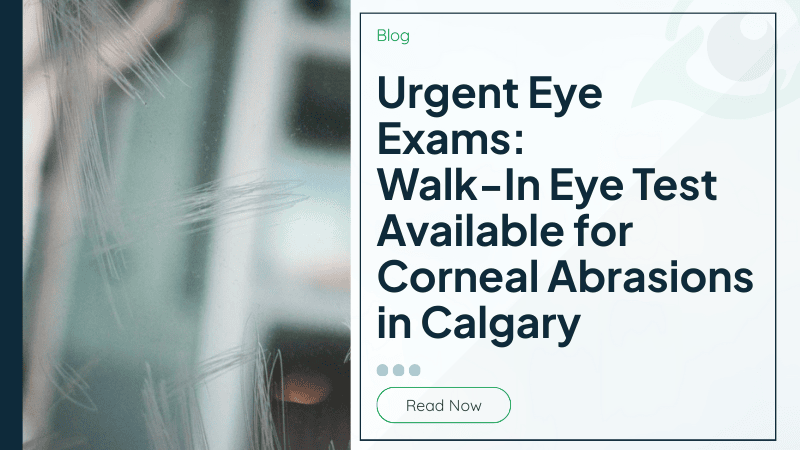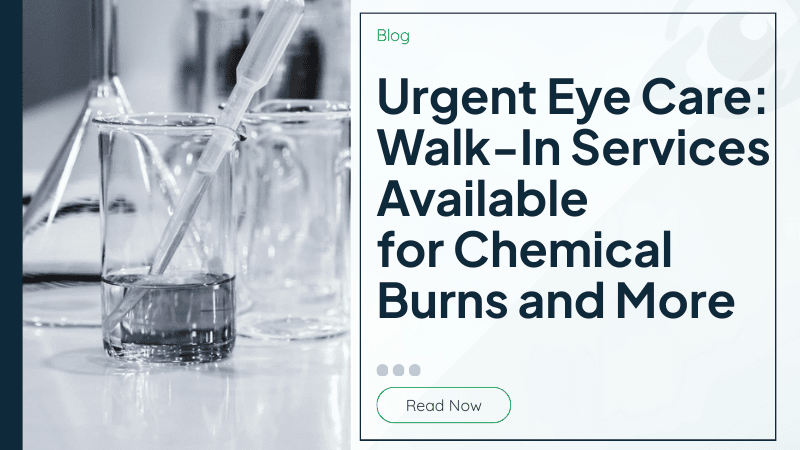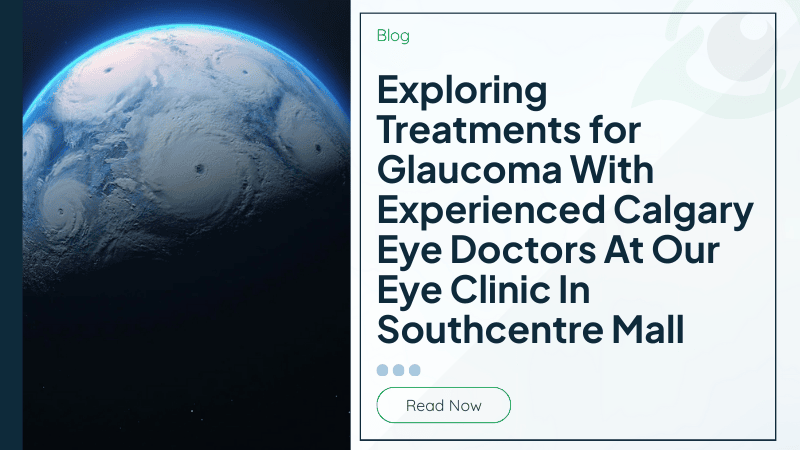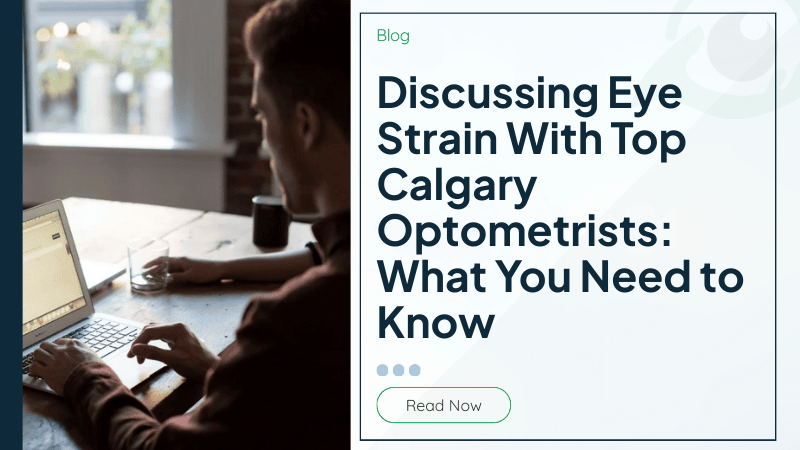These Privacy Policy and Terms of Use ("Terms") are a legal agreement between you and Dr. Theo Buzea, governing your use of our website(s), including all related web pages and services (collectively referred to as the "Service").
By accessing or using our Service, you agree to be bound by these Terms. If you do not agree to these Terms, please do not use our Service.
1. Information We Collect
1.1 Personal Information
We may collect the following types of personal information:
- Contact Information: This includes your name, email address, phone number, and address.
- Communication Data: Records of your correspondence with us, including emails, chat messages, and other communications.
- Website Usage Information: Data about your use of our website, including IP addresses, browser type, and device information.
1.2 Information You Provide
We collect personal information you provide when you:
- Contact us through our website's contact form.
- Request information or services.
- Sign up for newsletters or updates.
2. How We Use Your Information
We use your personal information for the following purposes:
- To respond to your inquiries and provide information or services you request.
- To send you newsletters and updates if you have opted to receive them.
- To improve our website and services.
- To comply with legal and regulatory obligations.
3. Sharing Your Information
We may share your personal information with third parties in the following circumstances:
- With service providers and partners who assist us in delivering our services.
- When required by law or in response to legal process.
- To protect our rights, privacy, safety, or property.
- In connection with the sale, merger, or reorganization of our business.
4. Security
We take the security of your personal information seriously and implement reasonable measures to protect it from unauthorized access, disclosure, alteration, or destruction.
5. Copyright
All material on this website is protected by applicable copyright, trademark, and trade secret laws and is owned by or licensed to Bordera. Website users may not copy, republish, or distribute website content except for personal use only and provided that our name and copyright notices remain intact.
6. Contact Information
Contact information, including any physical addresses and contact phone numbers, are available at the bottom of this page, and all others on the site.
Last updated September 19, 2025

